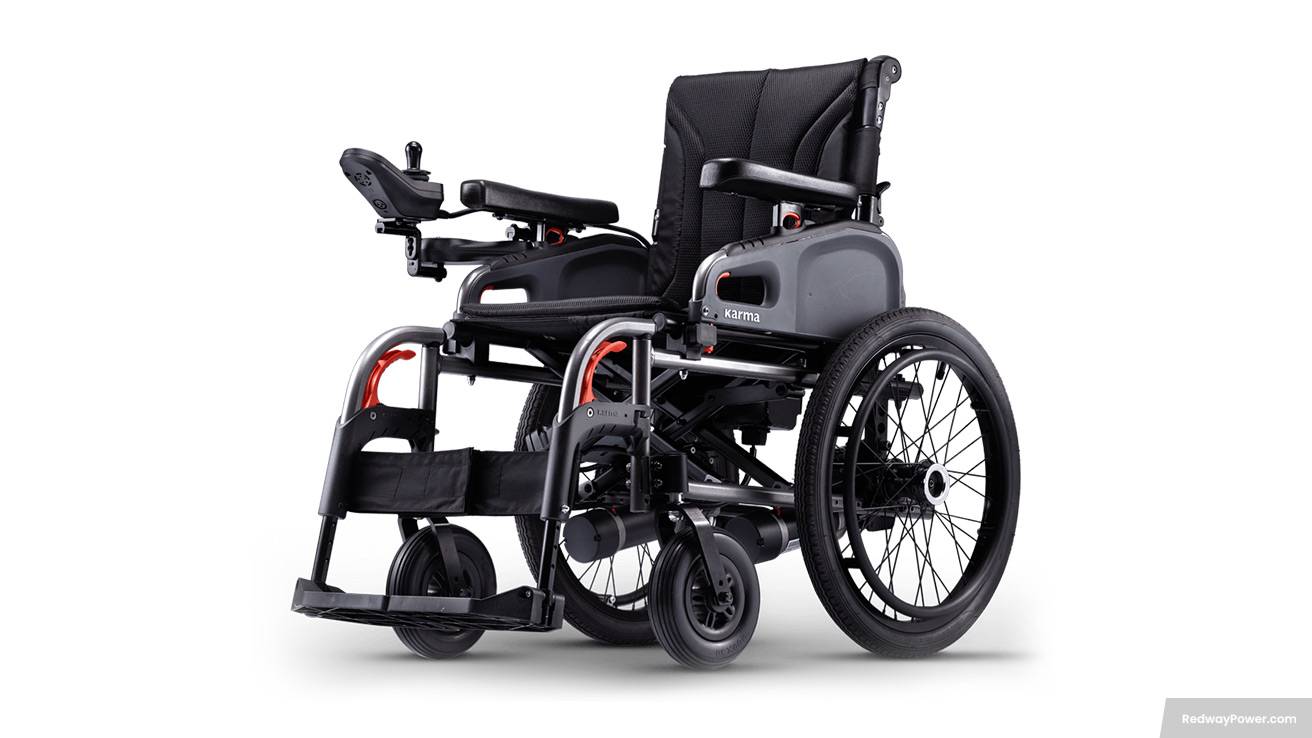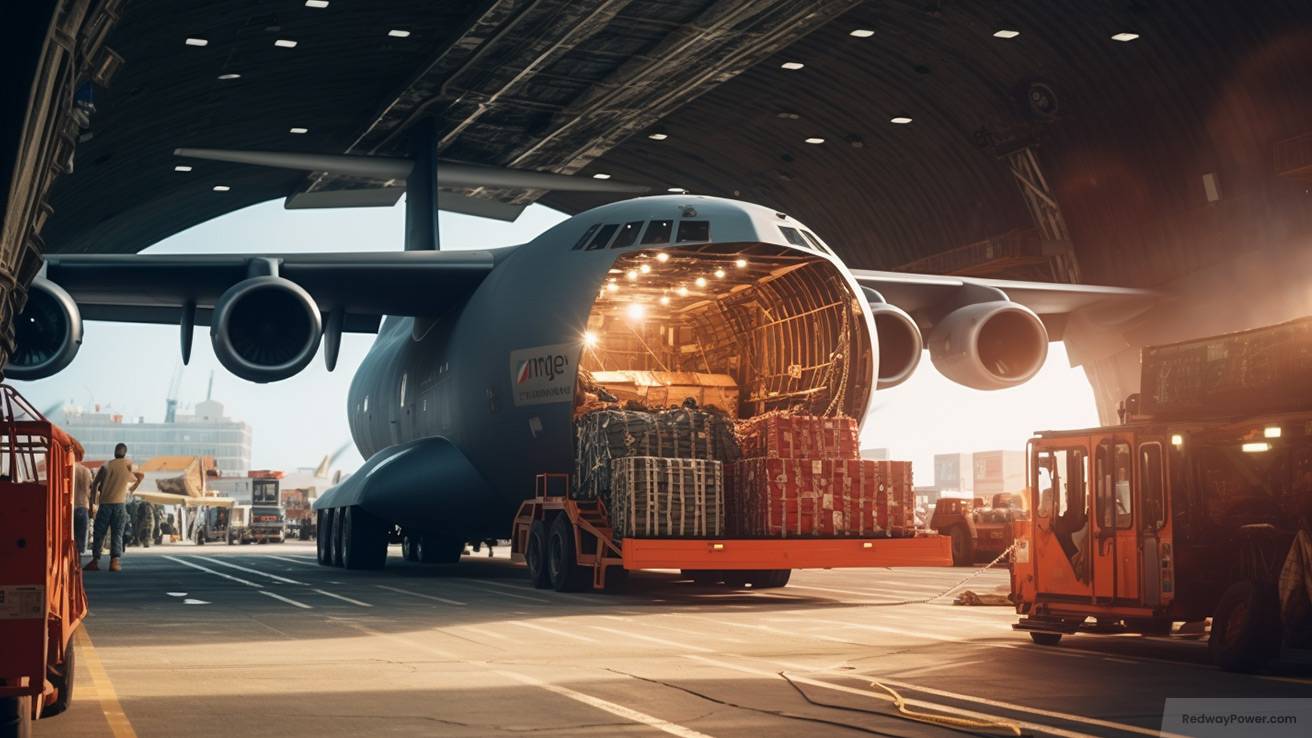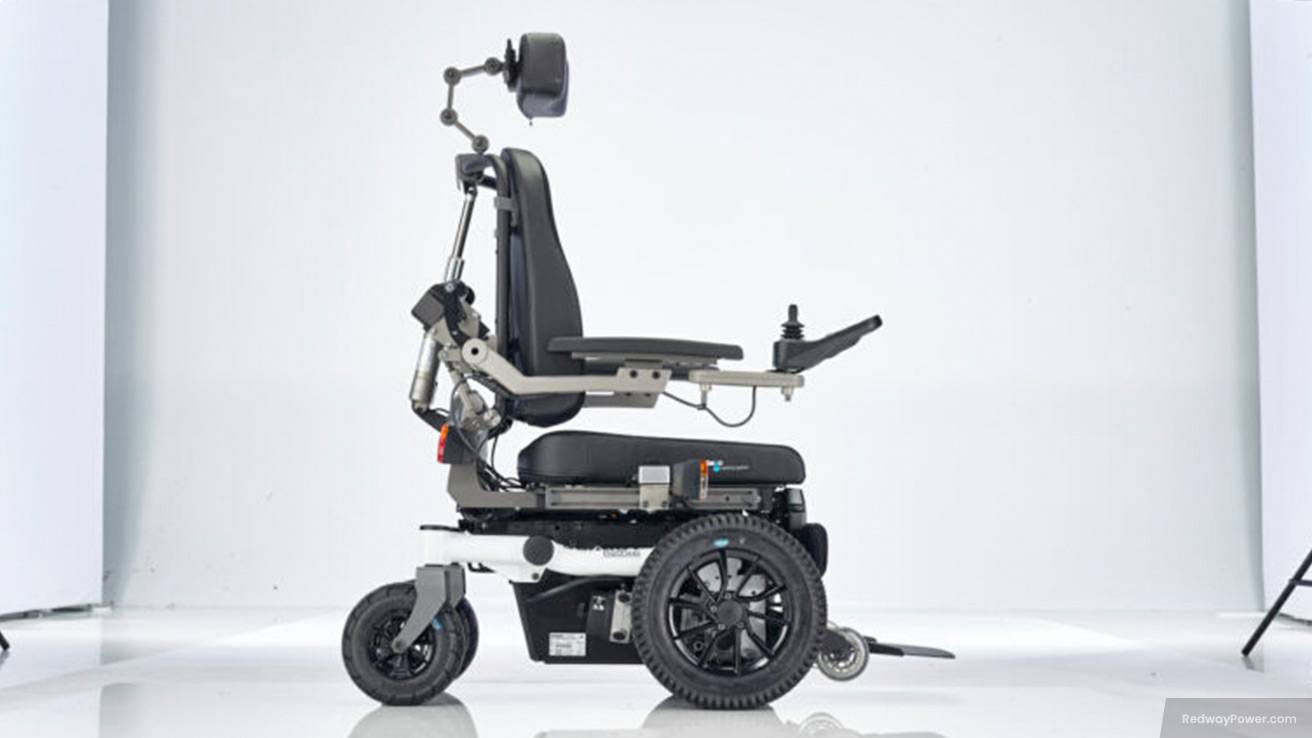If you’re a wheelchair user with a passion for travel, navigating the rules around lithium batteries during air travel might be on your mind. In this post, we’ll address whether wheelchair lithium batteries are permitted on planes, offering essential information for seamless and worry-free journeys. So, buckle up (pun intended), as we embark on the exploration of wheelchair accessibility in air travel!
Understanding the difference between lithium ion and lithium metal batteries
Distinguishing between lithium ion and lithium metal batteries is crucial for safety and compliance, especially during air travel. Despite their similar names, these batteries have distinctive features and associated risks.
- Lithium Ion Batteries:
- Commonly used in electronic devices.
- Rechargeable with high energy density.
- Prone to overheating or fires if damaged.
- Lithium Metal Batteries:
- Non-rechargeable, found in items like watches.
- Contains reactive metallic lithium.
- More susceptible to explosions or fires if mishandled.
- Airline Policies and Travel Considerations:
- Lithium ion batteries allowed in carry-on luggage, not in checked baggage.
- Wheelchair users with lithium batteries face specific regulations.
- Advance notification to airlines and proper packaging is often required.
Understanding these battery differences and adhering to airline and regulatory guidelines ensures a safer travel experience for everyone.
Airline policies on carrying lithium batteries
Navigating airline policies on lithium batteries is vital for smooth air travel, especially for wheelchair users reliant on such batteries. Let’s explore key considerations to ensure compliance and safety.
- Airline-Specific Guidelines:
- Airlines have varied rules on carrying lithium batteries.
- Check with your specific airline for precise regulations before traveling.
- General Policies for Lithium Ion Batteries:
- Typically allowed in carry-on luggage, not checked baggage.
- Size and quantity limits may apply to ensure safety.
- Compliance and Safety Measures:
- Properly label and meet requirements for wheelchair lithium batteries.
- Contact the battery manufacturer for specific transportation advice.
Understanding and adhering to airline policies regarding lithium batteries ensure a trouble-free journey, preventing complications during security checks or boarding procedures. Prior knowledge empowers travelers to navigate the skies safely with their mobility devices.
Specific regulations for wheelchair lithium batteries

Traveling with wheelchair lithium batteries involves adherence to specific airline regulations ensuring safety. Let’s break down key considerations and tips for seamless travel.
- Understanding Lithium Ion Batteries:</strong>
- Different rules apply to lithium ion batteries due to their higher energy density.
- Most airlines permit their transport but have criteria based on watt-hour ratings.
- Criteria for Wheelchair Lithium Ion Batteries:
- Watt-hour ratings vary for collapsible and non-collapsible wheelchairs.
- Secure attachment to the wheelchair and prevention of short-circuiting are essential.
- Additional Considerations and Tips:
- Advanced notification or documentation may be required by some airlines.
- Spare lithium ion batteries may face restrictions, influencing placement and quantity.
- Travelers should carry labeled batteries, copies of airline policies, arrive early, and communicate needs effectively.
Adhering to these guidelines and staying informed about evolving regulations ensures a smooth travel experience for those relying on wheelchair lithium batteries.
Tips for traveling with wheelchair lithium batteries
Traveling with wheelchair lithium batteries requires careful attention to airline regulations. Here are essential tips to ensure a hassle-free journey.
- Check Airline Regulations:
- Verify specific lithium battery policies of your airline before traveling.
- Policies may vary, so understanding and complying with them is crucial.
- Label and Package Securely:
- Properly label and secure your wheelchair lithium battery to prevent damage.
- Ensure it meets safety standards and carry relevant documentation for approval.
- Consider Weight Restrictions:
- Mind weight limits imposed by airlines on lithium batteries.
- Check guidelines for both carry-on and checked baggage to avoid complications.
- Bring a Backup Battery:
- Consider bringing an extra fully charged backup battery for unexpected situations.
- Having a backup ensures continuous mobility during your travels.
- Be Informed for International Travel:
- Research rules of different countries for carrying wheelchair lithium batteries.
- Consult with your airline or embassy to navigate international regulations effectively.
By adhering to these tips and staying informed, you can make traveling with a wheelchair and lithium battery a stress-free experience. Safe travels!
The future of airline policies regarding lithium battery transportation

The future of airline policies for lithium battery transportation is a subject of much speculation. As technology advances and lithium battery usage grows, potential developments in policies are crucial to consider.
- Stricter Regulations:
- Possibility of stricter regulations involving additional screening or limitations on size and quantity.
- Addressing safety concerns without severely restricting travel options is a key consideration.
- Battery Technology Advancements:
- Ongoing research to improve lithium battery performance and reduce safety risks.
- Breakthroughs could lead to more lenient airline policies as safety concerns diminish.
- Collaboration and Standardization:
- Potential collaboration between airlines and manufacturers for standardized guidelines.
- Clear requirements and restrictions for all parties involved in lithium battery transportation.
While the exact evolution of airline policies remains uncertain, staying informed about changes is crucial for travelers with wheelchair lithium batteries to plan their trips effectively.
Conclusion and recommendations for travelers with wheelchair lithium batteries
For travelers with wheelchair lithium batteries, understanding and adhering to airline regulations are essential for a smooth travel experience. While generally permitted, specific guidelines must be followed to ensure compliance.
- Check Airline Policies:
- Before booking a flight, review the airline’s regulations on lithium battery transportation.
- Familiarize yourself with any restrictions or requirements to avoid complications.
- Carry Documentation:
- Ensure you have all necessary documentation related to your wheelchair and its battery.
- Carry proof of ownership, manufacturer information, and compliance certifications.
- Protect Battery Terminals:
- Cover exposed battery terminals securely with insulated caps or tape to prevent short-circuiting.
- Minimize risks associated with loose connections during transport.
- Secure Packaging:
- Place the wheelchair lithium battery in a sturdy, purpose-designed container or bag.
- Properly pad and secure the battery to minimize movement during transit.
- Inform Airport Personnel:
- Notify airline staff about your wheelchair’s lithium battery during check-in.
- Ensure they are aware to provide appropriate assistance if necessary.
- Security Screening Preparation:
- Be prepared for additional security screenings for devices with lithium batteries.
- Cooperate with security personnel during inspections if required.
- Long Flight Planning:
- For long-haul journeys, consider bringing spare charged batteries or portable chargers.
- Be ready to swap batteries during layovers or delays for uninterrupted mobility.
Navigating air travel regulations for wheelchair lithium batteries becomes manageable with informed preparation. By following airline guidelines and safeguarding your battery, you can ensure a hassle-free journey.
FAQs
Why did FAA implement lithium-ion battery rules?
Are there quantity limits for carrying lithium-ion batteries in travel?
How should loose lithium-ion batteries be protected against short-circuiting?
Can lithium-ion batteries be placed in checked luggage?
Do the rules for carrying lithium batteries on a flight depend on the total capacity or the available charge?
The rules are based on the total capacity in watt-hours (Wh) rather than the available charge. Batteries with a capacity up to 100Wh are generally allowed in carry-on luggage, while those between 100Wh and 300Wh may require airline approval.
How do you calculate watt hours if you only have the voltage (V), frequency (Hz), and current (A)?
Calculate watt-hours (Wh) using the formula: Wh=V×Ah
Does a lithium-ion battery with an extended label (e.g., 14.4V 6.5Ah, 93.6Wh x 2) meet the FAA requirements for air travel?
Yes, if each battery is under 100Wh and is properly labeled. For two batteries, the total must not exceed the FAA’s allowance, which generally allows two batteries up to 300Wh in total for carry-on.
Can you take a specific lithium-ion battery (e.g., 2600mAh, 3.7V, 9.62Wh) as a carry-on through TSA?
Yes, a battery with 9.62Wh is within the allowable limit for carry-on luggage. Ensure it’s in its original packaging or protected to prevent short-circuiting.
How can you identify if a rechargeable battery installed in a device contains lithium?
Check the battery label or device manual for terms like “Li-ion,” “Lithium-ion,” or “LiPo.” If unclear, consult the manufacturer for specifics.
Are there any special considerations for batteries in hoverboards when traveling by air?
Yes, hoverboards often have large lithium-ion batteries. Check with the airline as many have restrictions on hoverboards due to fire risks and battery size.
Why did FAA implement lithium-ion battery rules?
FAA implemented these rules to mitigate fire risks associated with lithium-ion batteries, which can overheat and potentially catch fire if damaged or improperly handled.
Are there quantity limits for carrying lithium-ion batteries in travel?
Yes, typically, you can carry up to 100Wh per battery in carry-on luggage, with a maximum of two spare batteries up to 100Wh each. Batteries over 100Wh require airline approval.
How should loose lithium-ion batteries be protected against short-circuiting?
Protect loose lithium-ion batteries by keeping them in their original packaging or using non-conductive tape over the terminals to prevent short-circuiting.
Can lithium-ion batteries be placed in checked luggage?
Lithium-ion batteries should generally be carried in carry-on luggage due to fire risks. Some airlines allow them in checked luggage if properly packed, but check specific airline policies.

